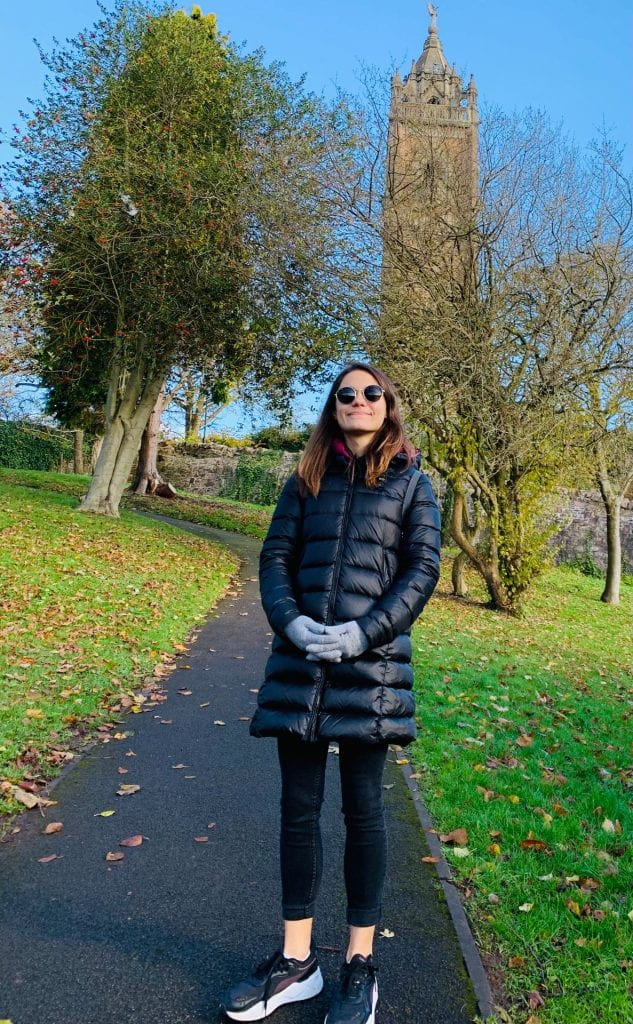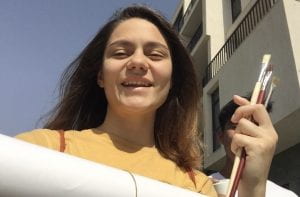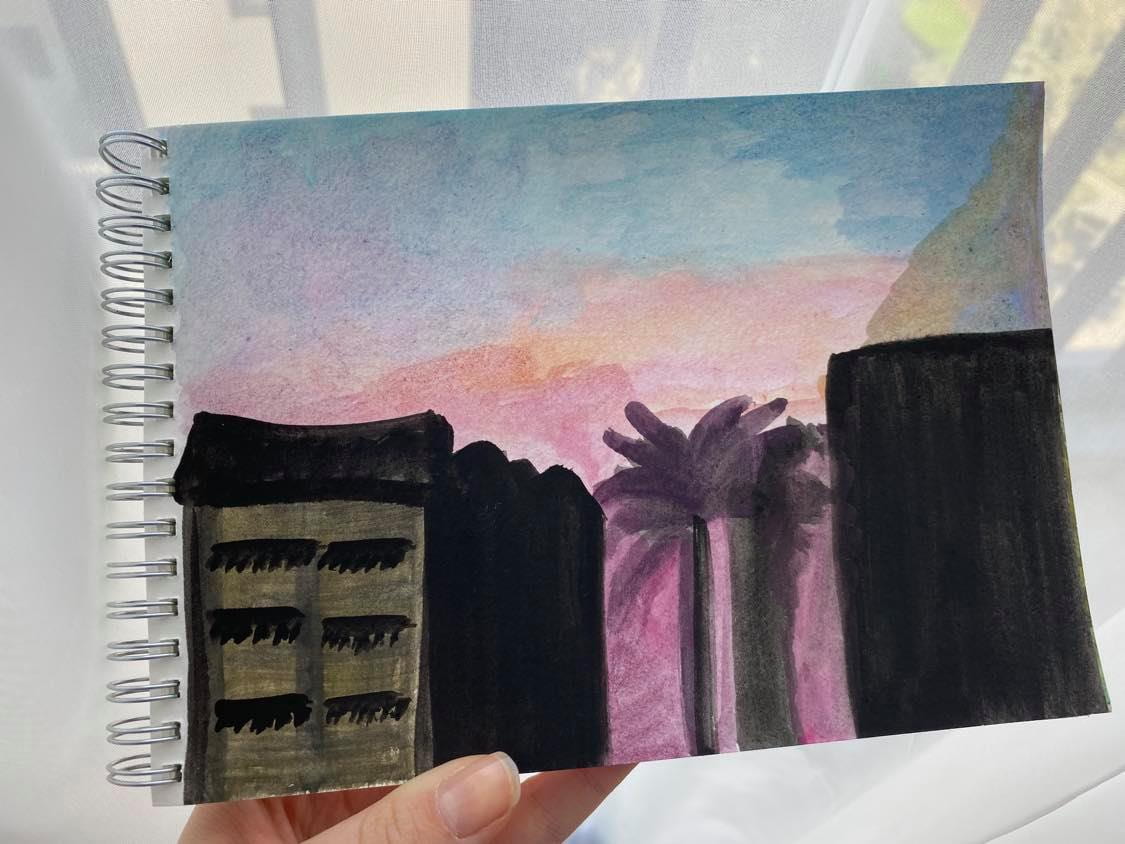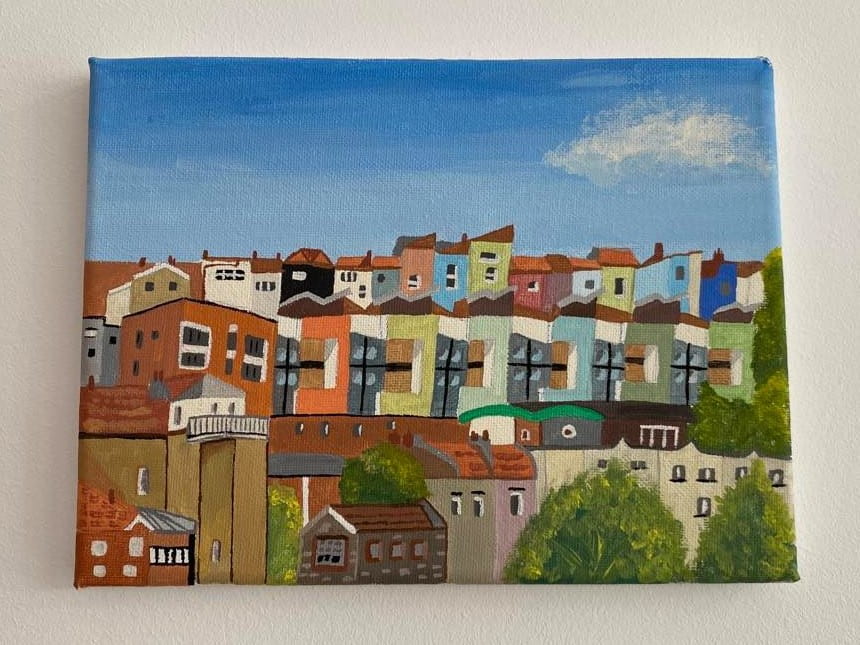 by Gloria Bosi, Bristol Futures Advocate
by Gloria Bosi, Bristol Futures Advocate
Hello everyone, my name is Gloria, and I am back with another post (see Even STEM students need a creative outlet). This time, I wanted to discuss the importance of learning from our mistakes, both big and small.
One of the most difficult aspects of attending university is embracing the process of continuous change and growth. As we study to become professionals in our fields, we must be quick to accept our mistakes, adapt, and learn from them. When we are lucky, this requires little adjustment in our way of thinking. Other times, we may find that we have spent months consolidating our knowledge of a wrong idea or concept. We may learn something so significant, that it requires a profound change in the way we approach a problem or perceive a reality. Although this can be difficult, we must appreciate that it is part of the fun.
Having a strategy for learning from these mistakes can be quite useful. To help you with this, I wanted to share my process for ensuring that I do not keep falling for the same tricks. This can be summarized by the following steps:
1. Keeping a record for reference
I like to think of this as a sort of “diary of doom”, where I keep track of my most frequent mistakes. In reality, it is as simple as a bulleted list in the Notes app of my computer. This can be done in various other apps or websites, such as Quizlet. This list tends to grow when I am solving a problem sheet, for example. It this case, it is not sufficient to write down the number of the question I got wrong, but I must also supply a brief explanation as to why.
2. Identifying the source of the misunderstanding
Once you are able to look at the collection of your errors, you can try to identify some trends. Ask yourself:
- Do these points have something in common?
- Can they be traced back to a fundamental concept or idea that I missed
Pinpointing the source of the mistake can be time-consuming, but it is essential to stop it from recurring. To make this easier, you may need to scavenge through some of your old notes or resources.
3. Investing time to unlearn
After identifying the wrong idea that has been cementing itself in your brain, you want to get rid of it once and for all. Indeed, you must unlearn it. I find that this can be done in two steps:
i. Dissecting your mistake and breaking down all the reasons it was wrong. Convince yourself to reject the idea from this point forward.
ii. Recalling your mistake frequently as you study the subject. In fact, I find that reviewing my mistakes is almost as important as studying the subject itself. This is why keeping a record is so useful.
4. Linking back to the bigger picture
After unlearning the erroneous idea, it is time accept the correct one. Ask yourself:
- How does this new idea fit within the rest of my existing knowledge?
- In what ways has my understanding improved by rejecting my old idea?
In reality, this process is a lot less involved than it sounds. Most of the time, it is fairly easy to identify where we have gone wrong. The important thing, however, is what we do with this information. Every learner is different, so you should feel free to take this process and change it in whatever way suits you best. I hope it helps!
Thank you for reading! Leave a comment to let us know your strategy for learning from your mistakes.



